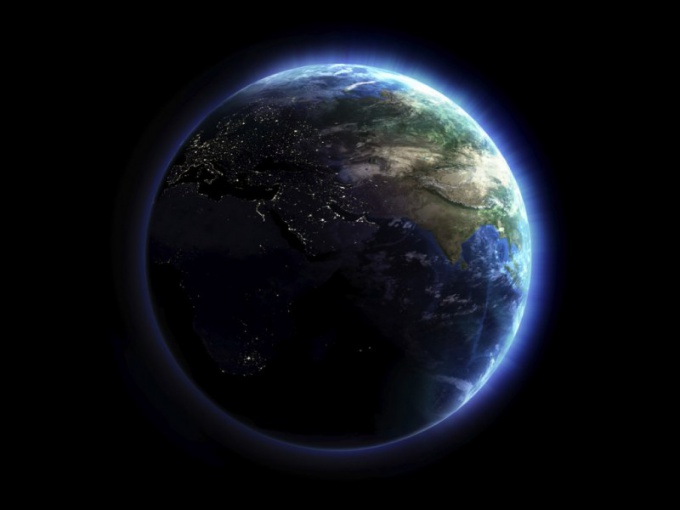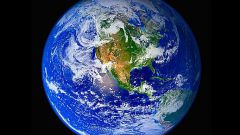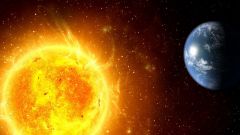The question, what is the value of the circumference of the planet Earth, has interested scientists for a very long time. Thus, the first measurement of this parameter was carried out in Ancient Greece.
That our planet is a sphere, scientists engaged in research in the field of Geology, has been known for a long time. Therefore, the first measurement of the circumference of the earth's surface was concerned with the longest parallel of the Earth's equator. This value is believed by scientists, can be considered correct for any other way of measuring. For example, it was believed that if you measure the planet's circumference on the longest Meridian, the resulting figure will be exactly the same.
This opinion existed until the eighteenth century. However, scientists of the leading scientific institutions of the time - the French Academy - was of the opinion that this hypothesis is false, and the form that is the planet, not quite right. Therefore, according to them, the circumference of a circle the longest Meridian and the longest parallel will vary.
The proof in 1735 and 1736 was made two scientific expeditions, which proved the validity of this assumption. Later it was found and the magnitude of the difference between the two lengths - it amounted to 21.4 kilometer.
Currently, the circumference of the planet Earth repeatedly measured not by extrapolation the length of each segment of the earth's surface to its full value, as has been done before, and with the use of modern high-precision technology. This made it possible to establish an exact circumference for the longest Meridian and the longest parallel, and specify the value of the difference between these parameters.
So, today in the scientific community as the official values of the circumference of planet Earth at the equator, that is the longest parallel, decided to produce a figure equal to 40075,70 kilometers. While a similar parameter, measured through the longest Meridian, that is, the length of the circle passing through the earth's poles, is 40008,55 kilometers.
Thus, the difference between the lengths of the circles is 67,15 km, and the equator is the longest circle our planet. In addition, this difference means that one degree of geographical Meridian is somewhat shorter than one degree of geographic Parallels.
Measurement of the circumference
That our planet is a sphere, scientists engaged in research in the field of Geology, has been known for a long time. Therefore, the first measurement of the circumference of the earth's surface was concerned with the longest parallel of the Earth's equator. This value is believed by scientists, can be considered correct for any other way of measuring. For example, it was believed that if you measure the planet's circumference on the longest Meridian, the resulting figure will be exactly the same.
This opinion existed until the eighteenth century. However, scientists of the leading scientific institutions of the time - the French Academy - was of the opinion that this hypothesis is false, and the form that is the planet, not quite right. Therefore, according to them, the circumference of a circle the longest Meridian and the longest parallel will vary.
The proof in 1735 and 1736 was made two scientific expeditions, which proved the validity of this assumption. Later it was found and the magnitude of the difference between the two lengths - it amounted to 21.4 kilometer.
The circumference
Currently, the circumference of the planet Earth repeatedly measured not by extrapolation the length of each segment of the earth's surface to its full value, as has been done before, and with the use of modern high-precision technology. This made it possible to establish an exact circumference for the longest Meridian and the longest parallel, and specify the value of the difference between these parameters.
So, today in the scientific community as the official values of the circumference of planet Earth at the equator, that is the longest parallel, decided to produce a figure equal to 40075,70 kilometers. While a similar parameter, measured through the longest Meridian, that is, the length of the circle passing through the earth's poles, is 40008,55 kilometers.
Thus, the difference between the lengths of the circles is 67,15 km, and the equator is the longest circle our planet. In addition, this difference means that one degree of geographical Meridian is somewhat shorter than one degree of geographic Parallels.






